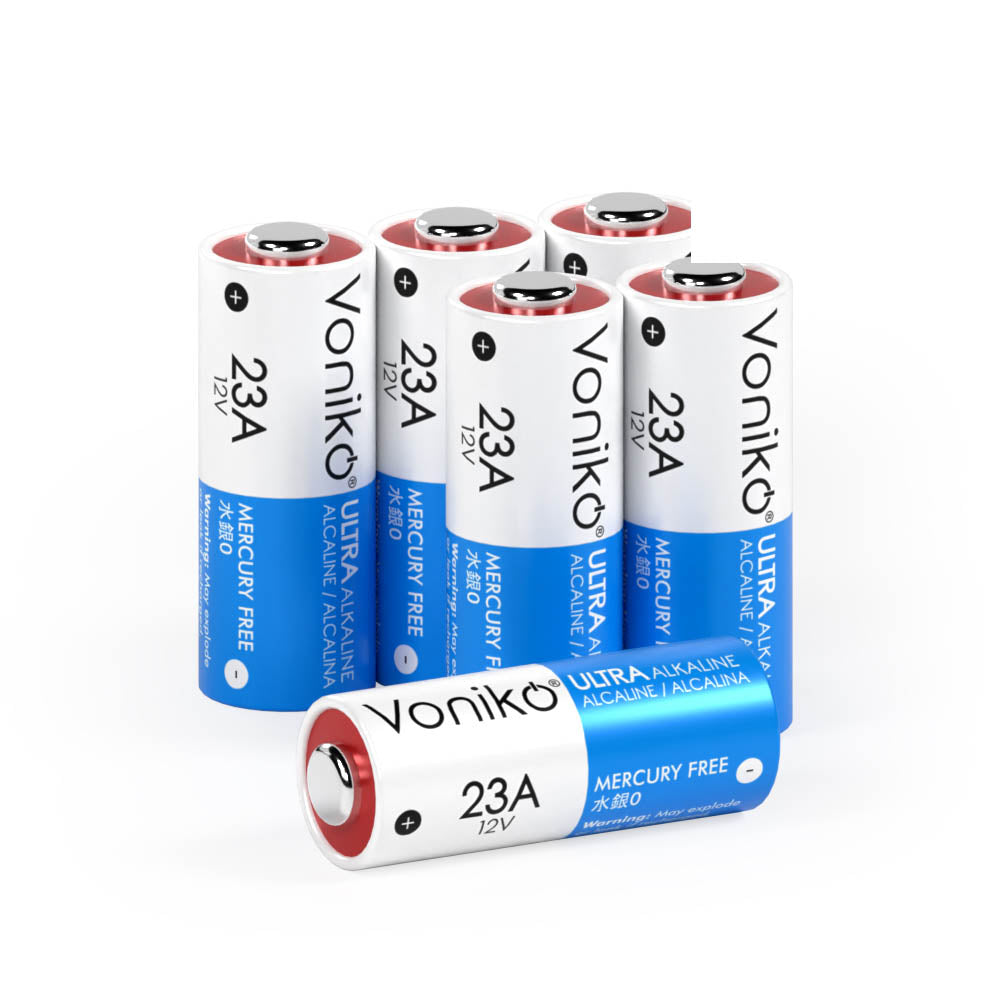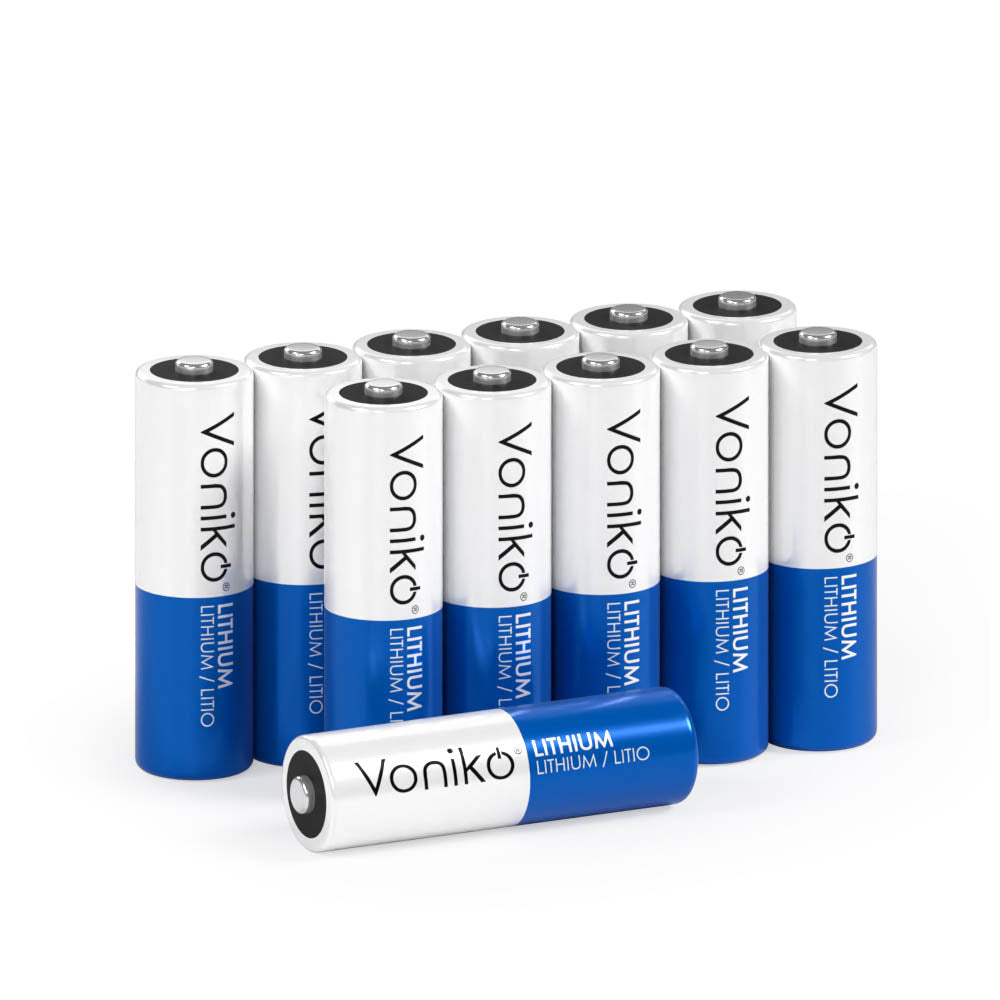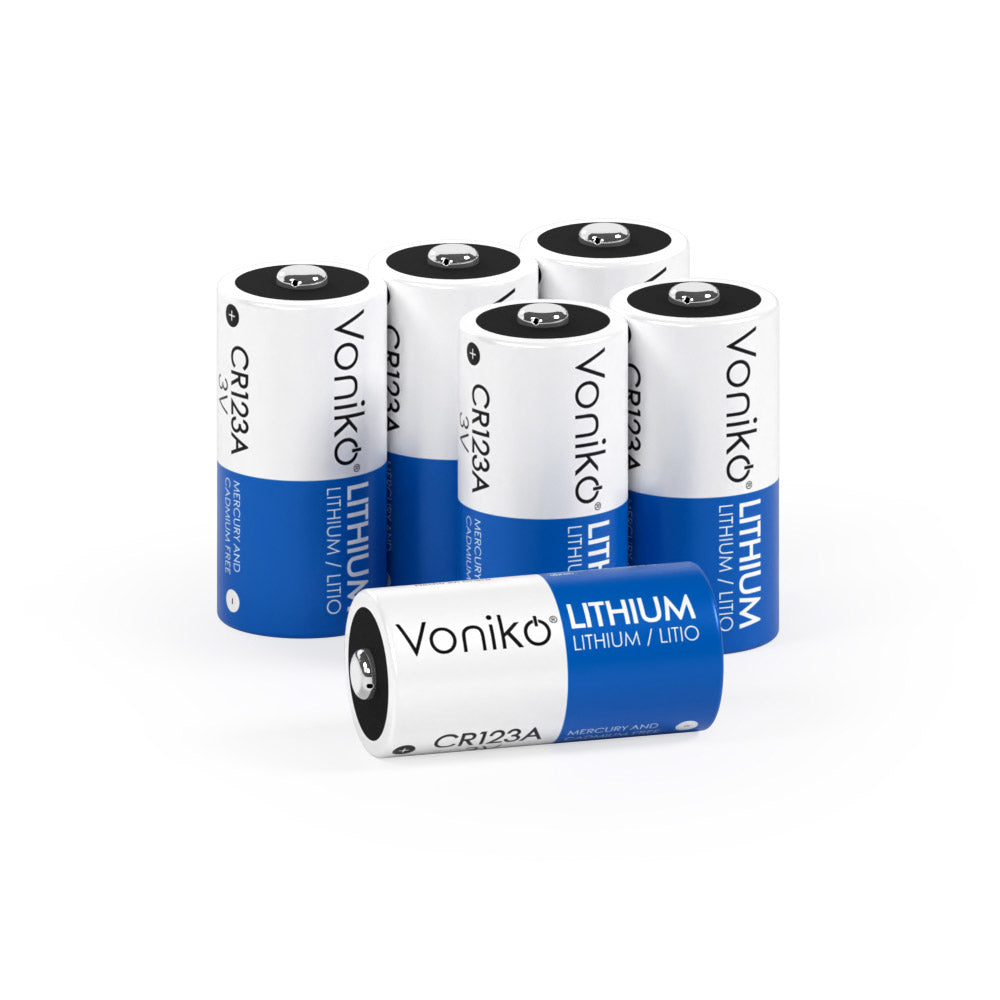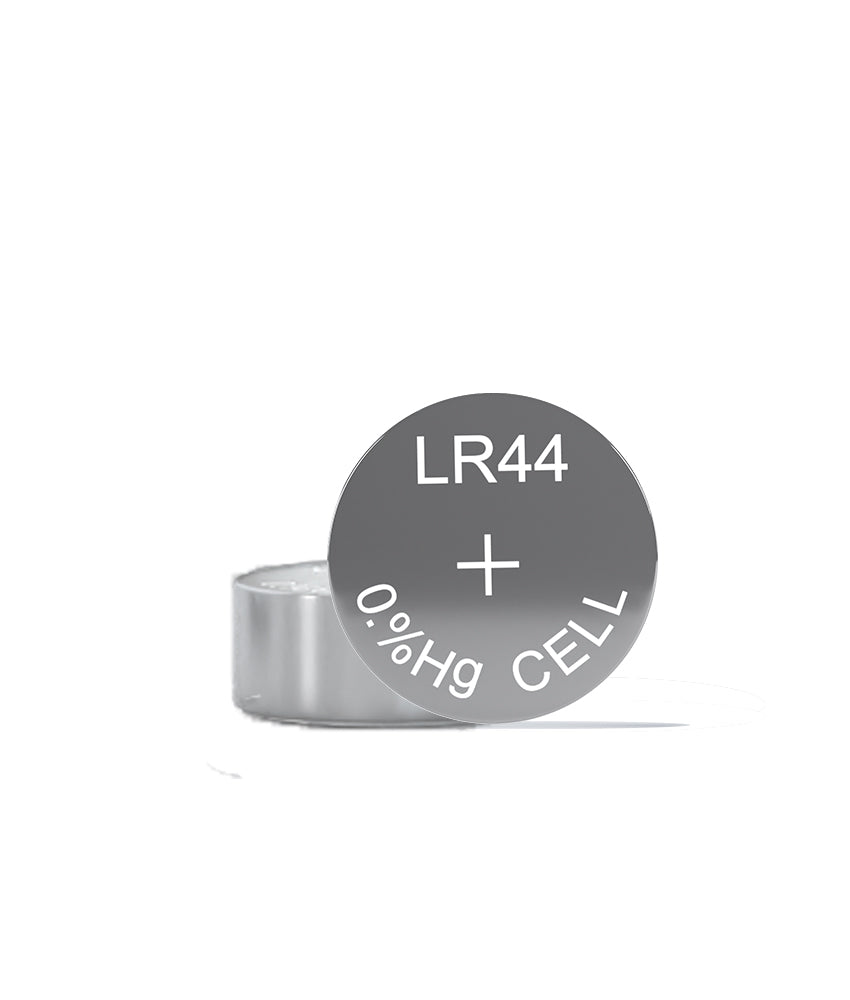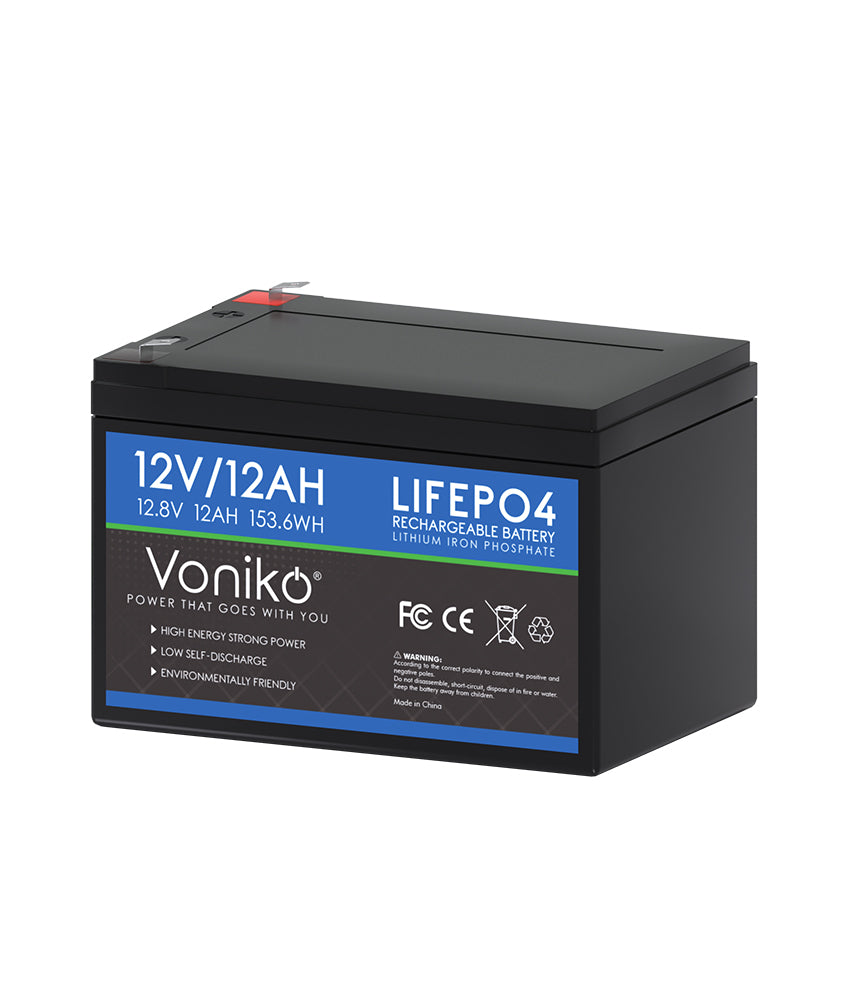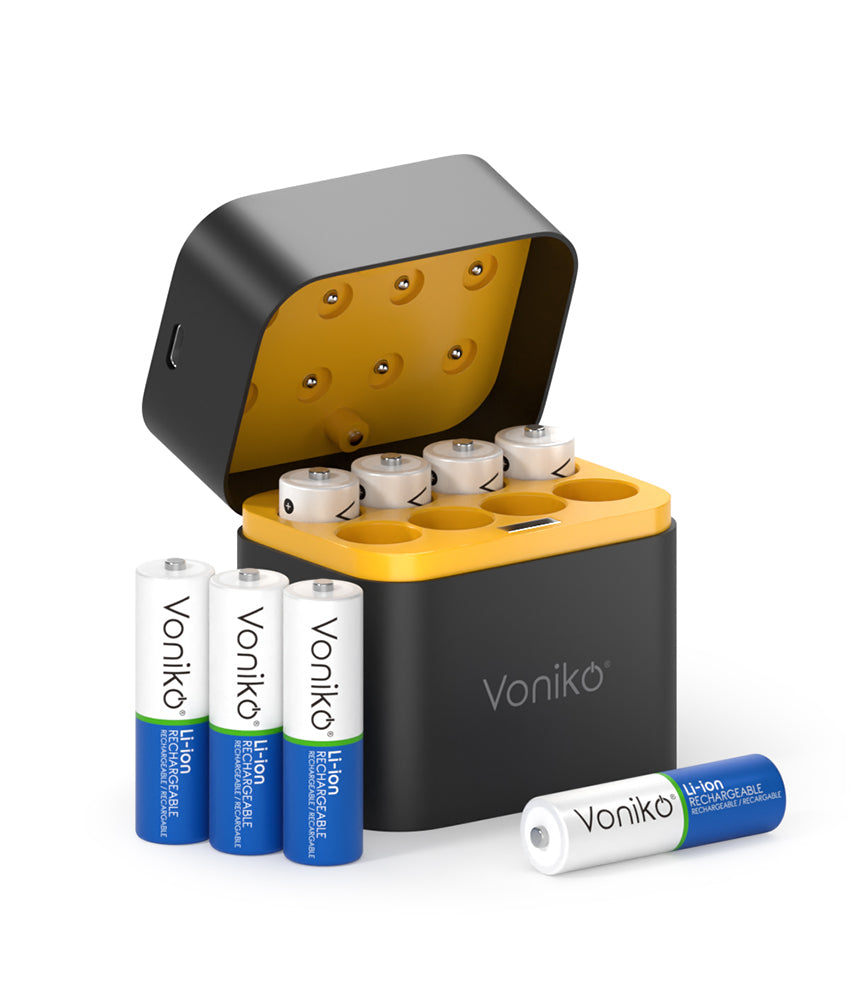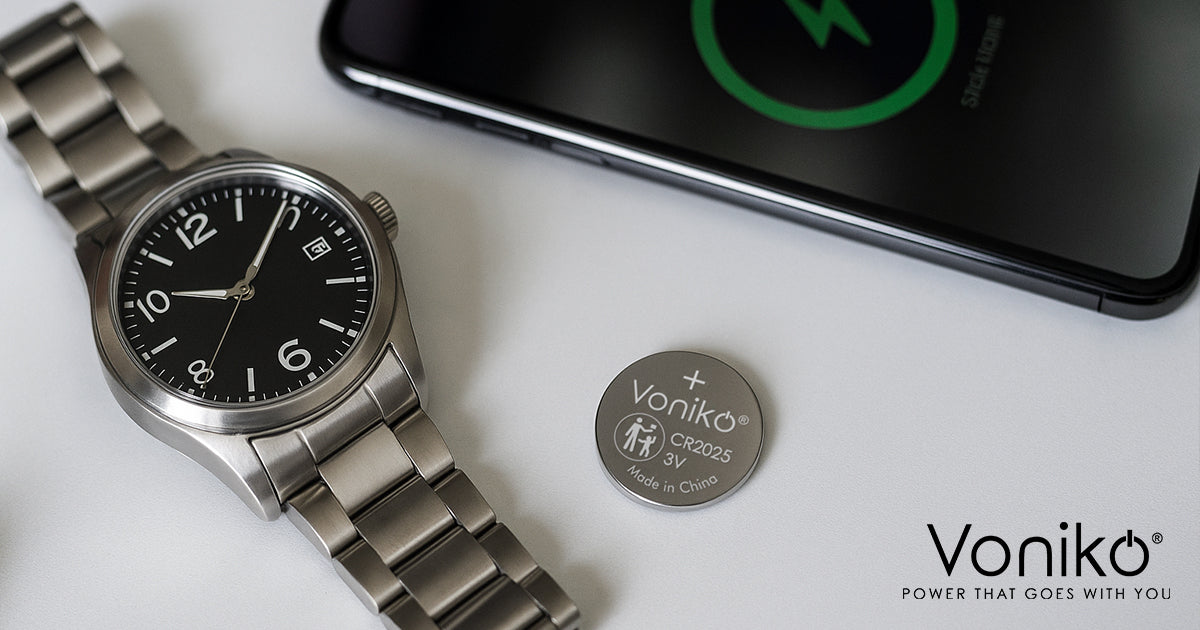Picture this: you've hiked deep into the woods, carefully positioned your trail camera in the perfect spot, and returned weeks later only to find it stopped working days ago due to dead batteries. You've missed capturing that trophy buck you've been tracking all season, and all because you chose the wrong batteries for your hunting camera.
Trail cameras face some of the most demanding conditions any electronic device encounters. They sit alone in the wilderness for weeks or months, enduring temperature extremes, humidity, and unpredictable wildlife activity. Unlike devices in your comfortable home, hunting cameras can't rely on consistent conditions or regular maintenance – they need power sources that can handle whatever nature throws at them.
At Voniko, we've powered countless outdoor adventures with our premium battery solutions, and we understand exactly what makes trail cameras tick. Whether you're a serious hunter tracking game patterns or a wildlife enthusiast documenting nature, your camera's performance depends entirely on choosing the right batteries. Our AA lithium batteries and rechargeable lithium options are engineered to deliver the reliable, long-lasting power that hunting cameras demand in the field.
The Unique Power Demands of Trail Cameras
Trail cameras are unlike any other battery-powered device you own. They need to remain dormant for hours or days, then instantly spring to life when motion triggers them, capturing high-resolution photos or HD video before returning to standby mode. This cycle of deep sleep followed by intense activity creates unique power requirements that many battery types simply can't handle effectively.
Most hunting cameras use 8-12 AA batteries, significantly more than typical electronic devices. This isn't because manufacturers want to make cameras heavier – it's because trail cameras need substantial power reserves to handle their demanding operational cycles. When a deer walks past your camera at dawn, the device needs instant power to wake up sensors, focus the lens, fire the flash, capture images, and save files to memory.
The power demands spike dramatically during certain operations. Night photography with infrared flash can draw 10-20 times more current than daytime photos. Video recording consumes even more power, especially if your camera records long clips or high-resolution footage. These power surges require batteries that can deliver high current output without voltage drops that cause camera malfunctions.
Trail camera power consumption breakdown:
- Standby mode: Minimal power for motion sensors and timer circuits
- Trigger activation: Moderate power to wake up camera systems
- Photo capture: High power burst for flash and image processing
- Video recording: Sustained high power draw for extended periods
- Data transmission: Significant power for cellular or Wi-Fi enabled cameras
Understanding these power patterns explains why battery choice is so critical for trail camera success. Batteries that work fine in flashlights or radios might fail completely in the demanding environment of a hunting camera.
Why Cold Weather Destroys Alkaline Battery Performance
Temperature is the silent killer of trail camera batteries, and alkaline batteries are particularly vulnerable to cold weather failure. If you've ever had a trail camera stop working during hunting season, cold-damaged alkaline batteries were likely the culprit.
Alkaline batteries suffer dramatic capacity loss as temperatures drop. At 32°F, they lose 20-30% of their capacity. At 0°F, they can lose 50% or more, and in extreme cold, they may fail to provide any useful power at all. Since many hunting seasons occur during fall and winter months when temperatures regularly drop below freezing, this limitation makes alkaline batteries practically useless for serious trail camera applications.
The problem gets worse when you consider that trail cameras are often installed in locations that get colder than ambient air temperature. Cameras mounted on the north side of trees, in shaded valleys, or in areas with poor air circulation can experience temperatures significantly below what your weather app reports. A camera that works fine during setup in 40°F weather might fail completely when overnight temperatures drop to 20°F.
Cold weather effects on alkaline batteries:
- 32°F and below: 20-30% capacity loss, reduced current output
- 0°F and below: 50%+ capacity loss, possible complete failure
- Extreme cold (-20°F): Alkaline batteries essentially non-functional
- Temperature cycling: Repeated freeze/thaw cycles damage battery chemistry
- Recovery limitations: Cold-damaged alkaline batteries rarely return to full capacity
This temperature sensitivity explains why experienced hunters and wildlife researchers have largely abandoned alkaline batteries for trail camera applications. The reliability issues and shortened operational seasons simply aren't acceptable for serious outdoor photography and wildlife monitoring.
Lithium Battery Advantages in Extreme Conditions
Lithium AA batteries represent a quantum leap in trail camera performance, offering capabilities that alkaline batteries simply cannot match. The most impressive advantage is their exceptional cold weather performance – while alkaline batteries fail in freezing conditions, lithium batteries continue delivering reliable power even in extreme cold.
Quality lithium batteries maintain 90% or more of their capacity at temperatures down to -40°F. This means your trail camera will work reliably throughout hunting season regardless of weather conditions. Whether you're dealing with early morning frost or deep winter cold snaps, lithium batteries ensure your camera captures every important moment.
Beyond cold weather performance, lithium batteries provide much more stable voltage throughout their discharge cycle. This consistent power delivery prevents the performance degradation that's common with alkaline batteries as they age. Your trail camera will operate at peak performance from the first day you install fresh lithium batteries until they need replacement.
Key lithium battery advantages for trail cameras:
- Extreme cold performance: Reliable operation down to -40°F
- Extended lifespan: 3-5 times longer than alkaline in trail camera applications
- High current capability: Handles flash photography and video recording demands
- Stable voltage output: Consistent camera performance throughout battery life
- Low self-discharge: Maintains charge during long deployment periods
The superior current delivery of lithium batteries also improves camera performance during high-demand operations. Flash photography, video recording, and rapid-fire photo sequences all benefit from lithium batteries' ability to deliver high current without voltage drops that can cause camera malfunctions or poor image quality.
Weight and Size Considerations for Field Use
When you're hiking miles into hunting territory with a heavy pack, every ounce matters. Lithium AA batteries weigh approximately 40% less than alkaline batteries, which makes a significant difference when you're carrying multiple sets for several trail cameras.
A typical trail camera uses 8-12 AA batteries, and if you're maintaining multiple cameras across your hunting property, you might need 50-100 batteries for a complete setup. The weight difference between alkaline and lithium batteries can easily amount to several pounds – weight that's much better spent on hunting gear or additional camera equipment.
The lighter weight of lithium batteries also reduces stress on camera mounting systems. Trail cameras are often mounted on thin branches or lightweight mounting arms, and heavy alkaline batteries can cause sagging or instability that affects camera positioning and photo quality.
Weight comparison for trail camera applications:
- Alkaline AA batteries: ~23 grams each, 184g for 8-battery camera
- Lithium AA batteries: ~15 grams each, 120g for 8-battery camera
- Weight savings: ~64 grams (2.3 oz) per camera
- Multiple camera savings: 1+ pounds saved across 8-camera setup
For hunters who pack into remote areas or wildlife researchers conducting extended field studies, this weight reduction can make the difference between carrying essential backup equipment or leaving it behind. Every pound saved on batteries is a pound available for other critical gear.
Battery Life Comparison in Real-World Conditions
The longer lifespan of lithium batteries in trail cameras isn't just a minor convenience – it's a game-changer for hunting success and wildlife monitoring. While alkaline batteries might last 2-4 weeks in an active trail camera, quality lithium batteries often provide 3-6 months of reliable operation under similar conditions.
This extended battery life means fewer trips to check and maintain cameras, which reduces human scent in hunting areas and minimizes disturbance to wildlife patterns. For hunters, this translates to better chances of success since game animals aren't spooked by frequent human activity around camera locations.
The actual battery life depends heavily on camera settings and activity levels. Cameras set to take single photos with minimal flash will last much longer than those configured for video recording with extended clips. However, lithium batteries consistently outperform alkaline in every configuration and usage scenario.
Typical battery life comparison:
- Alkaline in basic trail camera: 2-8 weeks depending on activity and temperature
- Lithium in basic trail camera: 3-8 months under similar conditions
- Alkaline with video recording: 1-3 weeks, may fail completely in cold weather
- Lithium with video recording: 6-12 weeks with consistent performance
- Extreme cold conditions: Alkaline may fail immediately, lithium continues working
These performance differences become even more pronounced in high-activity areas where cameras trigger frequently, or during seasons with extreme weather conditions. Lithium batteries provide predictable performance that lets you plan camera maintenance schedules instead of hoping batteries don't fail at critical moments.
Cost Analysis: Initial Investment vs. Long-Term Value
While lithium AA batteries cost significantly more than alkaline batteries upfront, their superior performance and extended lifespan make them much more economical for trail camera applications when you calculate total cost of ownership.
Consider a typical hunting season scenario: alkaline batteries might cost 60 for the same quantity but last four months. Over a six-month hunting season, you'd spend 90 on lithium batteries, but you'd make five battery change trips instead of two.
However, the real value goes beyond just battery costs. Factor in the time and fuel costs of repeated trips to camera locations, the risk of missing important wildlife activity during battery failures, and the potential for spooked game from frequent human scent, and lithium batteries become clearly superior from both economic and hunting success perspectives.
Total cost analysis over 6-month hunting season:
- Alkaline batteries: $90 in batteries, 5 replacement trips, high failure risk
- Lithium batteries: $90 in batteries, 1-2 replacement trips, reliable performance
- Hidden costs of alkaline: Fuel, time, reduced hunting success from frequent visits, leakage security
- Lithium advantages: Fewer disturbances, consistent operation, peace of mind
For serious hunters and wildlife professionals, the reliability and reduced maintenance requirements of lithium batteries often justify their higher initial cost even before considering the extended lifespan and superior performance benefits.
Impact on Camera Features and Performance
The type of batteries you choose directly affects your trail camera's performance capabilities and feature availability. Many advanced camera features require stable, high-current power that only lithium batteries can reliably provide.
Night photography is particularly demanding on battery power. Infrared flash systems draw significant current during activation, and weak or unstable battery power can result in dim flash output, poor image quality, or complete failure to capture night photos. Lithium batteries' superior current delivery ensures consistent flash performance and clear nighttime images throughout their operational life.
Video recording places even greater demands on battery power, requiring sustained high current draw for extended periods. Alkaline batteries often can't maintain sufficient voltage during video recording, leading to shortened clips, poor video quality, or recording failures. Lithium batteries provide the steady power needed for full-length, high-quality video capture.
Camera features that benefit from lithium batteries:
- Infrared flash photography: Consistent flash power and image quality
- HD video recording: Sustained power for full-length clips
- Rapid-fire photo modes: High current capability for burst photography
- Cellular transmission: Reliable power for data upload and connectivity
- Advanced trigger systems: Stable power for sensitive motion detection
Many trail camera manufacturers specifically recommend lithium batteries for their advanced models because alkaline batteries simply can't provide the stable, high-current power these features require. Using alkaline batteries in advanced cameras often means paying for features you can't reliably use.
Environmental Factors and Battery Chemistry
Trail cameras face environmental challenges that would destroy most electronic devices. Humidity, temperature swings, dust, and potential moisture exposure create demanding conditions that affect both camera operation and battery performance.
Lithium battery chemistry is inherently more stable and resistant to environmental extremes than alkaline chemistry. While alkaline batteries can leak corrosive chemicals when damaged or stressed, lithium batteries are much less prone to leakage and the chemicals involved are less corrosive to camera electronics.
The sealed construction of quality lithium batteries also provides better protection against humidity and moisture infiltration. This is crucial for trail cameras that may be exposed to morning dew, fog, rain, or snow over extended deployment periods.
Environmental resistance comparison:
- Alkaline batteries: Prone to leakage, sensitive to humidity, poor temperature tolerance
- Lithium batteries: Excellent seal integrity, stable chemistry, wide temperature range
- Corrosion resistance: Lithium battery leakage less damaging to electronics
- Moisture protection: Better sealed construction prevents internal damage
- Chemical stability: Lithium chemistry more stable across temperature ranges
For expensive trail cameras that represent significant investments, protecting against battery-related damage is crucial. The superior environmental resistance of lithium batteries provides additional insurance against costly camera repairs or replacements.

Specific Recommendations for Different Camera Types
Different trail camera configurations and usage scenarios benefit from specific battery strategies. Understanding these differences helps you optimize battery choice for your specific hunting or wildlife monitoring needs.
Basic trail cameras with simple photo triggers work well with standard lithium AA batteries and can achieve maximum battery life with proper configuration. These cameras typically use 6-8 batteries and can run for months on a single set of quality lithium cells.
Advanced cameras with cellular connectivity, video recording, or frequent triggering benefit from high-capacity lithium batteries that can handle sustained power demands. These cameras often use 8-12 batteries and may require more frequent battery changes even with lithium power.
Camera type recommendations:
- Basic photo-only cameras: Standard lithium AA batteries for maximum economy
- Video-capable cameras: Voniko lithium for extended recording capability
- Cellular trail cameras: Voniko lithium batteries for reliable data transmission
- High-activity locations: Consider external battery packs or solar chargers
- Remote monitoring systems: Lithium batteries essential for reliable operation
For cameras deployed in extremely remote locations where battery changes are difficult or infrequent, consider using the highest capacity lithium batteries available and configuring cameras for maximum power efficiency to extend operational periods.
Maintenance and Storage Tips
Proper battery maintenance and storage practices can significantly extend the useful life of your lithium batteries and improve overall trail camera performance. These simple practices protect your investment and ensure reliable operation when you need it most.
Always remove batteries from cameras during extended storage periods or when cameras won't be used for several weeks. Even powered-off cameras can have small current drains that slowly discharge batteries, and removing batteries prevents accidental activation and preserves battery life for actual use.
Store spare batteries in a cool, dry place away from metal objects that could cause short circuits. Quality lithium batteries like our Voniko options have excellent shelf life, but proper storage conditions help maintain peak performance.
Battery maintenance best practices:
- Remove batteries during storage: Prevents parasitic drain and accidental activation
- Store in cool, dry conditions: Extends battery life and prevents degradation
- Avoid temperature extremes: Don't store batteries in vehicles or outdoor sheds
- Check expiration dates: Use oldest batteries first to maintain fresh inventory
- Clean contacts regularly: Remove corrosion for optimal electrical connection
Keep detailed records of battery installation dates and camera performance to identify patterns and optimize replacement schedules. This information helps you predict when batteries will need replacement and plan camera maintenance trips accordingly.
Whether you're a weekend hunter checking a few cameras or a wildlife researcher managing dozens of monitoring stations, choosing the right batteries makes the difference between successful data collection and frustrating equipment failures. Lithium AA batteries provide the reliable, long-lasting power that hunting cameras need to perform in demanding field conditions. Don't let inferior batteries compromise your hunting success or research objectives – invest in batteries that keep your trail cameras running strong season after season.




